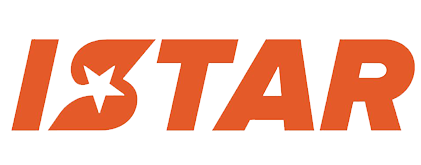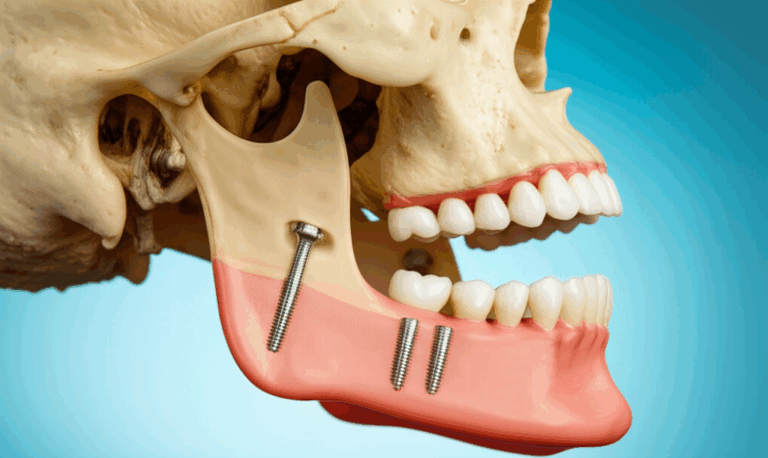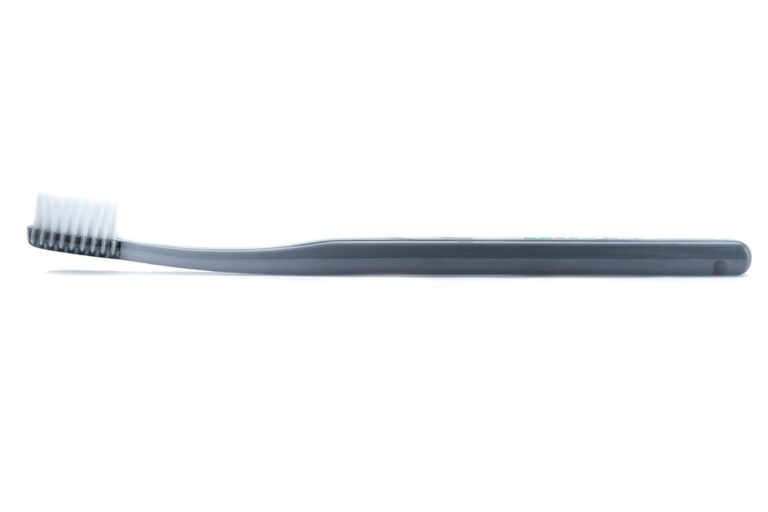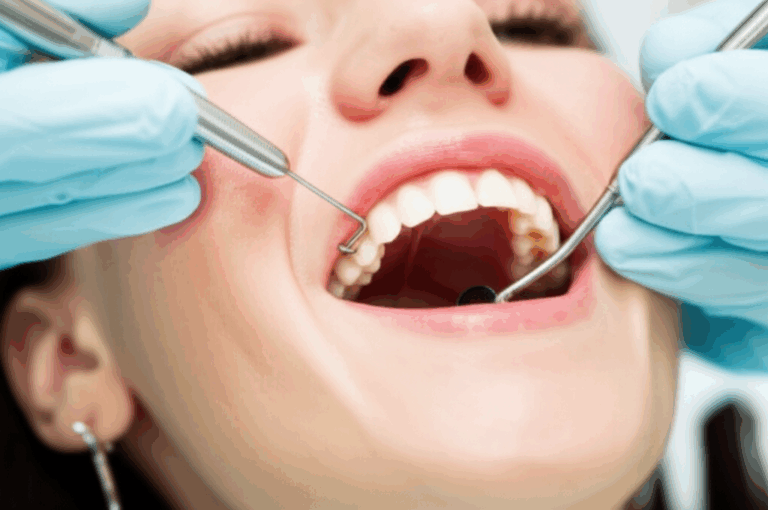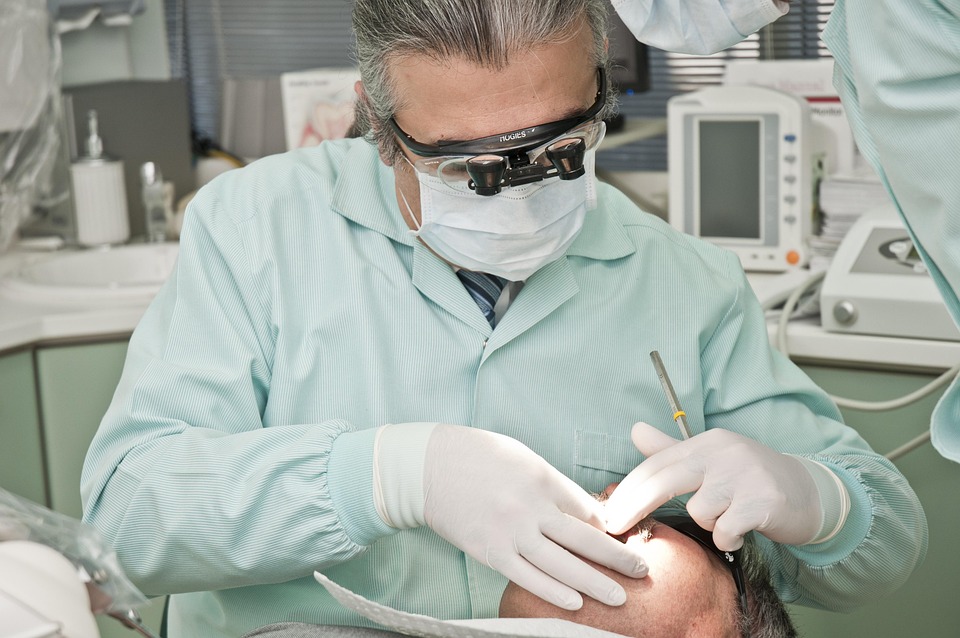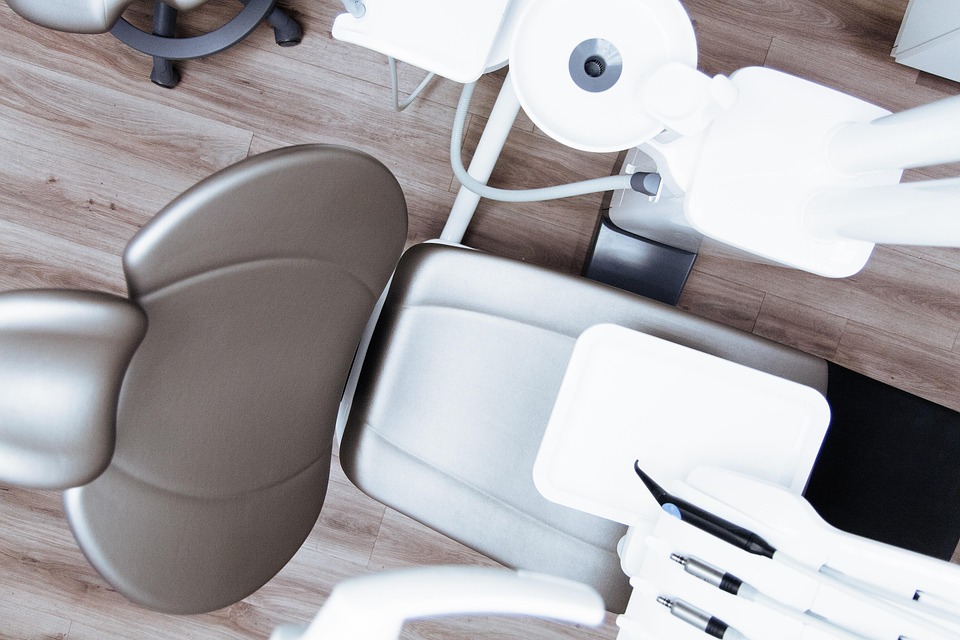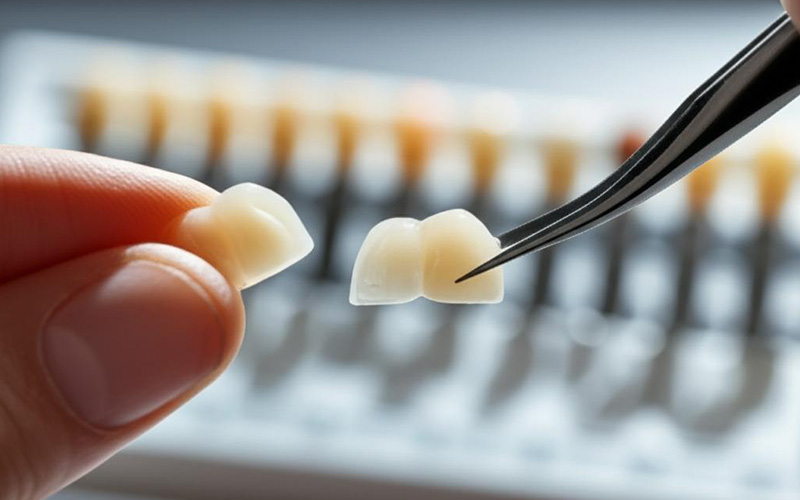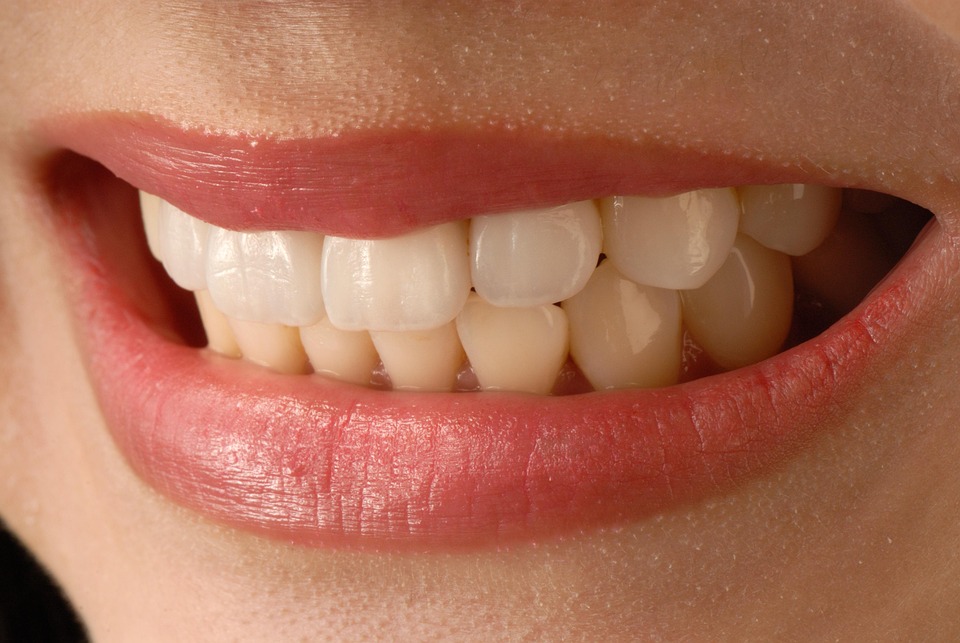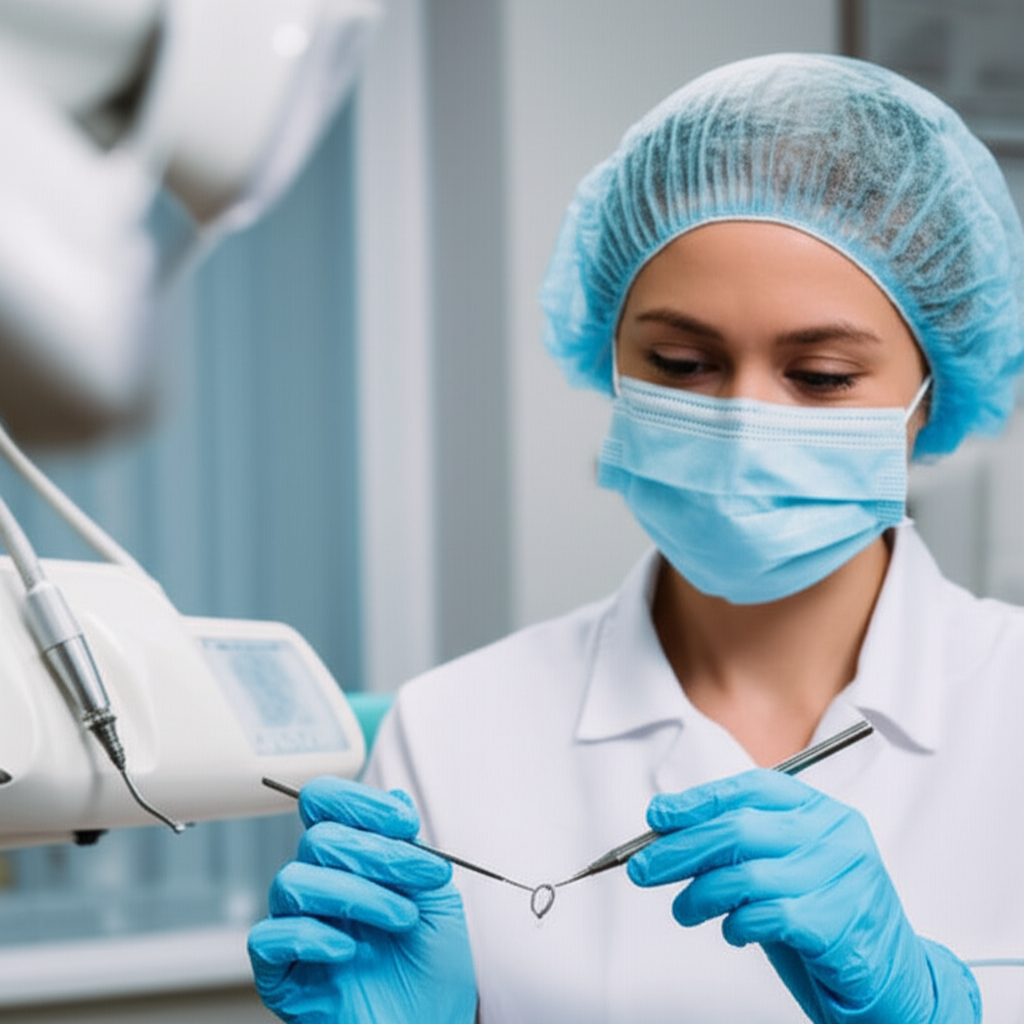
Can a Dental Hygienist Become a Dentist? Your Complete Guide to the RDH to DDS/DMD Path
That Big Question: Can You Really Go from Cleaning Teeth to Running the Show?
If you’re a dental hygienist wondering, “Can I become a dentist?”—you’re not alone. Maybe you like helping patients but want more responsibility. Maybe you want to do more advanced dental work, or the idea of being in charge sounds good to you. At some point, you might wonder if making this big change is actually possible.
The quick answer? Yes! Dental hygienists can become dentists. In fact, your experience working with patients is one of your biggest strengths. But like any big change, you should know what you’re getting into before you start. Let’s break down what you need, what you’ll get, and what to expect—so you can make a good choice.
In This Article
- Introduction: Yes, It’s Possible!
- The Basic Requirements: Getting Ready
- Getting into Dental School
- Dental School: From Student to Dentist
- Money Matters: The Cost and Value
- Pros & Cons of the Switch
- Is it Worth It? How to Decide
- Step-by-Step Guide for Dental Hygienists
- Conclusion: Imagine Your Dental Career
Introduction: Yes, It’s Possible!
You probably know the dental office really well by now. As a dental hygienist (RDH), you play a big part in helping patients, mostly focusing on preventing problems and teaching people about healthy teeth. But maybe, as you clean teeth or talk about flossing, you picture yourself as the one in charge—figuring out what’s wrong, doing treatments, and guiding the team.
Here’s some good news: With the right steps, you can move from RDH to becoming a dentist (DDS or DMD). Many hygienists have done it before you. Your time with patients and understanding of their needs helps you stand out when applying to dental school.
This guide will answer your questions about making the switch—what you need, how long it takes, how much it costs, the good and the tough parts, and what being a dentist is really like. Let’s get started!
The Basic Requirements: Getting Ready
Think of this like getting ready for a big race: you need to prepare before you can join the competition. Going from RDH to DDS has a few must-have steps. Let’s look at them.
A. School Background
- Bachelor’s Degree: Many dental hygienist programs are associate degrees, but most dental schools want a bachelor’s degree. If you don’t have one, you’ll probably need to finish it—usually in a science-related subject.
- Science Classes: Dental schools want to see that you did well in:
- Biology
- General Chemistry
- Organic Chemistry
- Physics
- Biochemistry
- Other Helpful Classes: Microbiology, Anatomy, Physiology, and Psychology can make your application even better.
- GPA Matters: Aim for a good GPA—dental schools usually look for 3.2 or higher, especially in science classes. Some schools care more about your science GPA than your overall GPA.
Example: GPA is like your “school report card.” The higher it is, the better your application will look.
B. Experience & Practice
- Hygienist Experience: Being an RDH isn’t just a bonus—it’s a strong point. Schools like seeing real-world experience and good understanding of patients.
- Shadowing: Don’t just focus on hygiene. Watch different kinds of dentists at work. This shows you know what the job is about.
- Volunteering: Helping at a free dental clinic or health fair proves you care about people and want to give back.
- Research (If you can): If you can, help with dental or medical research. It shows you’re curious and willing to learn new things.
Quick Checklist:
- Do you have (or are close to finishing) a bachelor’s degree?
- Have you taken the needed science classes?
- Is your science GPA strong?
- Have you shadowed and done volunteer work outside of hygiene?
If you answered “yes” to most of these, you’re on the right path.
Getting into Dental School
Getting accepted to dental school isn’t easy—but being a dental hygienist might give you an advantage if you prepare well.
A. The Dental Admission Test (DAT)
This test is a key part of your dental school application. It checks if you’re ready for the hard classes in dental school.
What’s on the DAT?
- Perceptual Ability (like puzzles or visual skills)
- Math skills (Quantitative Reasoning)
- Reading Comprehension (science reading)
- Natural Sciences (biology, chemistry, organic chemistry)
Tip: Most accepted students have DAT scores around 20-21 out of 30.
Best Ways to Study for the DAT
- Start studying 3-6 months ahead of time.
- Use official study guides and online practice tools.
- Take practice tests to get used to the timing.
- Focus extra on the subjects you find hardest.
B. The Application (AADSAS)
Most U.S. dental schools use the AADSAS (Associated American Dental Schools Application Service).
Main Parts:
- School transcripts
- DAT scores
- Personal statement (your big chance to share your story)
- Letters of recommendation (pick science teachers and dentists you’ve worked with)
- List your work, volunteering, and shadowing experience
Your personal statement should show what you learned as a hygienist, why you want to do more, and what you hope to bring to dentistry. Be honest and share your real reasons.
C. The Interview
Schools might invite you for an interview—sometimes traditional, sometimes quick “mini-interviews” (MMIs).
What They’ll Ask:
- “Why do you want to be a dentist instead of staying a hygienist?”
- Scenarios about working with others or tough situations with patients
- Your thoughts on honesty and teamwork
How to Get Ready:
- Practice your answers with a friend.
- Learn about each school and have a few good questions for them.
Dental School: From Student to Dentist
Think of your training like a ladder. You’ve already climbed a few steps as a hygienist. Dental school is a much bigger climb, but it takes you much higher.
A. How Long It Takes
Dental school is usually 4 years long after you finish your bachelor’s degree.
B. What You’ll Learn
Classroom Phase (Years 1-2)
- Basic sciences—biology, diseases, medicines
- Learning why you do certain dental treatments
Pre-Clinical Phase (Years 1-2)
- Practice with dental manikins and tools
- Build skills before working on real people
Clinical Phase (Years 3-4)
- Work with real patients, but with teachers supervising
- Try out many areas—general care, surgery, braces, children’s dental care, and more
Example: It’s like learning to drive—first you practice with a simulator, then with a driving teacher, then you drive alone.
C. Exams & Licenses
You’ll have to pass:
- National Board Dental Exam (NBDE, changing to the INBDE)
- Regional clinical tests (treating real patients to show your skills)
- State rules (like tests on dental laws in your state)
After all this, you’re officially a dentist.
Money Matters: The Cost and Value
Worried about paying for school? That’s a smart thing to think about. Dental school is expensive—think of it as paying now for a better future.
A. Cost of Dental School
- Tuition: Public in-state: $40,000–$60,000 per year; private schools can be more.
- Living Costs: Don’t forget about rent, food, insurance.
- Total: $200,000 to $400,000+ for four years is common.
B. Paying for Dental School
- Student loans: Most dental students get federal loans, and sometimes private loans.
- Scholarships & Grants: There are scholarships, especially if you’re changing careers, are a minority student, or want to work in areas that need more dentists.
- Military Programs: Programs like the Health Professions Scholarship Program (HPSP) pay your tuition if you serve as a military dentist.
C. Will It Pay Off?
Some numbers:
- RDH average pay: Around $81,400/year
- Dentist average pay: About $163,220/year
- Owning a practice: You could earn more, with extra duties
You’ll likely start with a lot of debt, but the chance to earn more and do different things as a dentist often makes it worth it. Still, you need to do the math for yourself.
Pros & Cons of the Switch
Let’s be real. Switching from dental hygiene to dentist brings a lot of good—but also some tough parts.
A. Good Things about Being a Dentist
- More Skills: As a dentist, you do more than cleaning—you find out problems, do surgeries, give medicine, and more.
- Better Pay: The money can be a lot better over your working life.
- Own a Practice: You can be your own boss and open a dental office.
- Be the Leader: Dentists lead the team and decide on treatments.
- Doctor Title: People respect you as a doctor.
B. Tough Parts to Think About
- Time: It’s four more years of school, maybe more if you’re missing classes you need.
- Cost: The debt can be big. You need a good budget.
- Hard Classes: Dental school is tough in every way.
- Less Free Time: You may have to give up a good paycheck and easy work hours while you’re in school.
- Physical Tiredness: Both jobs mean standing a lot, focusing hard, and using your hands.
Example: Switching from hygienist to dentist is like going from team player to head coach—more choices, more stress, and more rewards.
Is it Worth It? How to Decide
Becoming a dentist isn’t right for everyone. Ask yourself:
Self-Check Questions
- Am I ready to study hard for a few more years?
- Can I handle debt and living on less money for a while?
- Am I okay with having more responsibility and making big decisions?
- Do I want more freedom and bigger challenges at work?
The Ups and Downs
| Pros | Cons |
|---|---|
| More money, more skills | Big student loans |
| Chance to lead or own office | Years more in school |
| More impact on patient care | Harder classes, harder exams |
| More respect, new job title | More stress and longer hours |
Talk to Dentists (Who Were Hygienists)
The best advice comes from people who have already made this move. Try to meet or talk with dentists who used to be hygienists. They can share the real story—the good, the bad, and the surprises.
Step-by-Step Guide for Dental Hygienists
Want to get started? Here’s your to-do list:
Who Is This Path For?
Not sure if you’re the right fit? Ask yourself:
- Do you love learning new things and want more responsibility?
- Are you okay with science and hands-on work?
- Can you be okay with not working full-time for a few years?
- Can you handle pressure and know when to ask for help?
- Are you excited by making big choices for patients?
If you said “yes” to most questions, you could do really well in dental school.
Your Healthy Takeaway: The Bullet-Point Summary
- Yes, it’s possible: Dental hygienists can become dentists, and your experience is a strong plus.
- You’ll need: A bachelor’s degree, science classes, good grades, a good DAT score, experience outside hygiene, and a strong application.
- Be ready: Dental school is hard, costly, and takes time—but it can lead to better jobs, pay, and more choices.
- Think about it: Be sure about your reasons, your budget, and your job dreams before starting.
- Start planning: Ask questions, check your school record, talk to advisors, and make a step-by-step plan.
Extra Resources to Boost Your Journey
If you want to know more about dental topics—like understanding dental diseases, learning about teeth health, or checking out dental technology with a digital dental lab—these extra resources can help.
Conclusion: Imagine Your Dental Career
Going from RDH to DDS or DMD is more than just a new job—it’s about getting new challenges, leading others, and making a bigger difference for patients. The path is tough. You’ll study a lot, face big tests, and rethink your finances. But if you care about dentistry, want to do more, and are ready for both the good and the tough times, this new path can change your life.
What’s next? Start by looking up dental schools, planning your science classes, and talking to dental advisors. Every little step brings you closer to a future where you don’t just clean teeth—you lead, fix, and inspire.
Your future patients—and maybe your future dental team—are waiting.
Ready to begin? Start learning about what classes you’ll need and reach out to a pre-dental advisor today. Your next career could be closer than you think!
